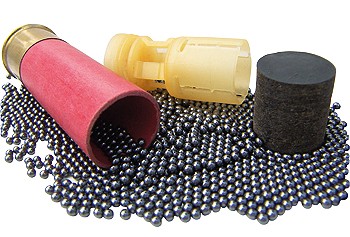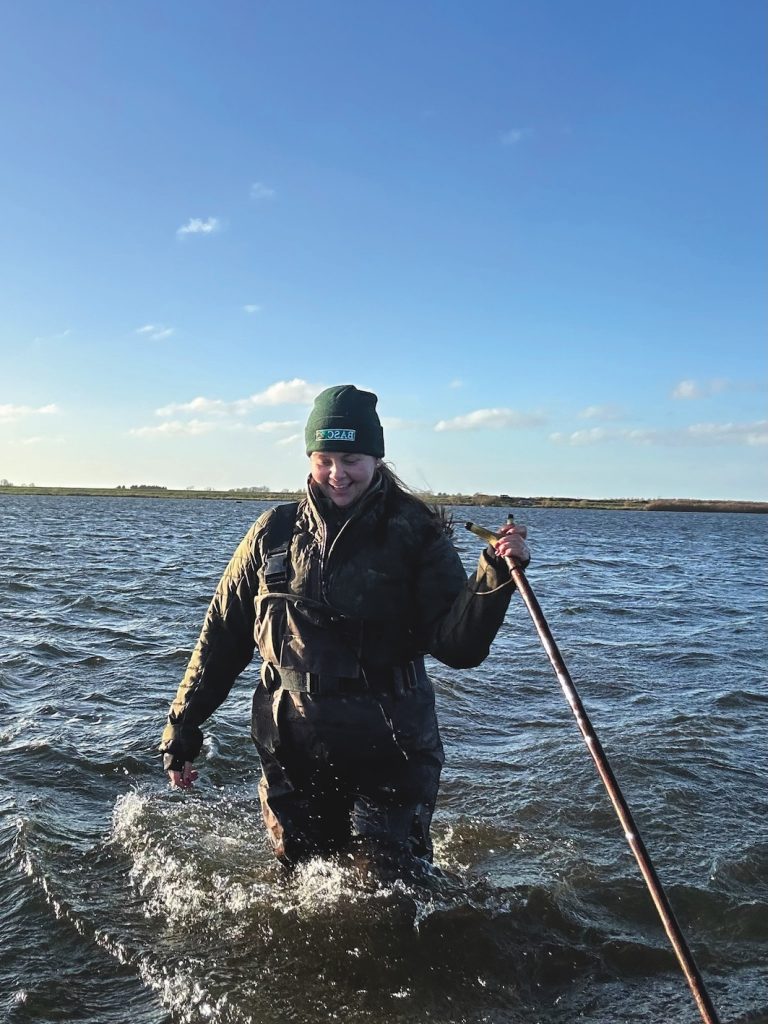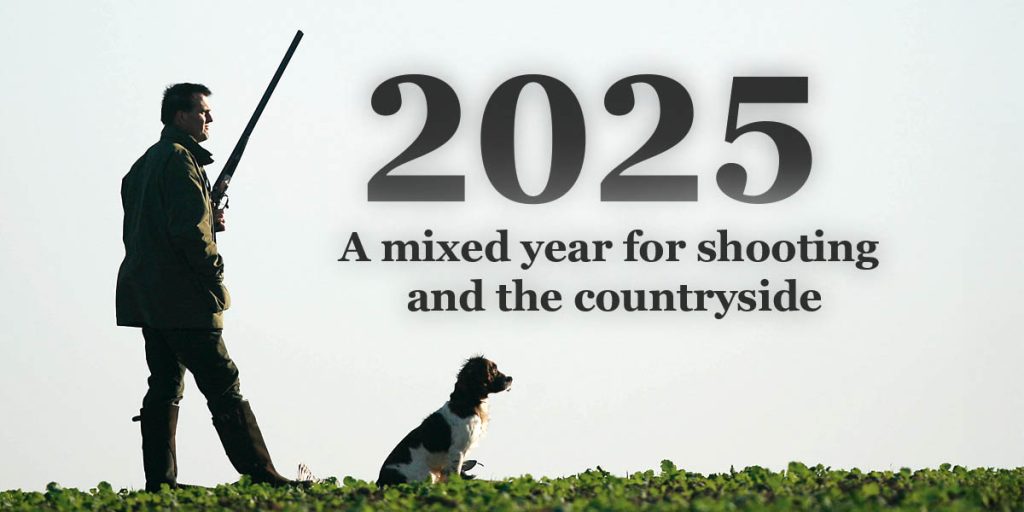Win CENS ProFlex DX5 earplugs worth £1,149 – enter here
Is recycled shot up to scratch?
<strong>Tim Woodhouse tests the performance of both remelted and cleaned-up lead shot to find out if it is a workable, economic alternative to new pellets</strong>

Recently, Shooting Times speculated on the potential suitability of recycled shot in its less than perfect shape for economic pest and vermin control cartridges (Recycled shot, 8 September).
Here, I will explore the practicalities of shooting with it in greater detail. To recap, recycled shot is reclaimed from clayshooting grounds. It is then either melted down to make new shot or reused after an extensive clean-up and a shape and size-grading operation (limited to plastic wads only). Only the larger sized and more reasonably shaped pellets can be sensibly reused for vermin control. The smaller sizes of these can be used for some limited types of clay pigeon shooting, with the rest being melted down again for the production of new shot.
With the remelted new shot production there is an inevitable loss of some of the additive contents in the smelting process, so the end product is quite likely to have reduced antimony content and, as a result, won?t be as hard as the original fired pellets. This is inevitable, as not all of the previously fired clay pigeon cartridges contained shot with a uniform hardness.
These clay cartridges would have originally contained shot varying from two to fi ve per cent antimony-hardened shot, so that the reclaimed fired pellets, with their variable levels of hardening agents, will inevitably make a new lead alloy with a reduced overall hardness. This can be remedied by adding hardening agents to the mix, but this was not done in this instance. As a result, the new shot that was produced after remelting the recycled pellets had around a three per cent antimony content, which is fine for gameshooting duties. When they first reappear from their long exile below ground, the spent lead shot pellets are not particularly easy on the eye, needing an extensive clean-up to return them to anything like their original appearance. The shape of these spent pellets varies considerably.
Top-grade shot pellets begin their lives perfectly spherical before the rigors of their journey down the gun barrel have taken their toll on their shape and condition. But it is the pellets that remain in good condition that fly the farthest, making closer patterns. The lower pellets in the shot column will suffer greater distortion and squashing effects at the instant of firing. These so-called ?set back? forces of extreme acceleration upon the pellets are progressively greater nearer the bottom of the shot column. With the ultra-light 12-bore 21g loads, overly tight patterns can be an inconvenience, but would the cleaned-up, previously fired pellets with their less than perfect spherical shapes bring an advantage for closer-range work?
Getting a larger than usual spread with deliberately misshapen pellets is not new, as spreader loads with deliberately squashed round shot, or even square shot, have been loaded for years. A test was conducted using a 12-bore game gun with a 28in barrel at quarter-choke. Strings of 20 shots were fired in each case to establish a reliable average pattern performance. The velocity of a popular high-velocity 21g clay target cartridge was matched for the remelted new recycled shot and the cleaned-up variety, which was also shot with a normal game cartridge velocity.
Cleaned-up shot
Using cleaned-up recycled shot pellets may have a limited application for close ranges and a high velocity, with a wider than normal spread, or with a normal velocity in light 21g cartridges for more normal pattern spread diameters. For the cleaned-up shot to work properly, the cleaning process
is critical, as it must be free of all contaminants, which, though not an impossible task, can be labour intensive. It must be appreciated that barrel damage is a possibility if the cleaned-up shot is not sufficiently free of foreign debris or hard contaminants. Even when it is cleaned-up properly, it is imperative to use plastic wads (preferably photodegradable) that avoid any barrel wall contact with the pellets; fibre wads must not be used.
Remelted shot
None of this is a problem with the remelted pellets, which are at least the equal of new game shot pellets, so fibre wads can be used as a matter of course. The concept of recycling and reusing spent lead-shot pellets in either manner (cleaned-up or remelted) has to be a good one, especially in the light of the high prices currently being charged for smaller quantities of new lead shot.
Thanks to Folkestone Engineering Supplies for the recycled remelted shot (visit www.metal2models.btinternet.co.uk) and to Andy Pearce, who harvests recycled lead shot (email pearcewaterscape@aol.com).
Related Articles
Get the latest news delivered direct to your door
Subscribe to Shooting Times & Country
Discover the ultimate companion for field sports enthusiasts with Shooting Times & Country Magazine, the UK’s leading weekly publication that has been at the forefront of shooting culture since 1882. Subscribers gain access to expert tips, comprehensive gear reviews, seasonal advice and a vibrant community of like-minded shooters.
Save on shop price when you subscribe with weekly issues featuring in-depth articles on gundog training, exclusive member offers and access to the digital back issue library. A Shooting Times & Country subscription is more than a magazine, don’t just read about the countryside; immerse yourself in its most authoritative and engaging publication.







